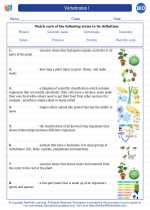Gold
Gold is a chemical element with the symbol Au (from Latin: aurum) and atomic number 79. It is a dense, soft, shiny, and highly valuable metal. Gold has been highly sought after throughout history for use in jewelry, coins, and as a store of value.
Physical Properties of Gold:
- Color: Pure gold is a bright, slightly reddish yellow, but it is often alloyed with other metals which can change its color.
- Density: Gold is a very dense metal, with a density of 19.32 g/cm3.
- Malleability and Ductility: Gold is highly malleable and ductile, meaning it can be hammered into thin sheets or drawn into thin wires without breaking.
- Melting Point: Gold has a relatively high melting point of 1,064°C (1,947°F).
Chemical Properties of Gold:
- Corrosion Resistance: Gold is resistant to corrosion and tarnishing, making it suitable for long-term use in jewelry and coinage.
- Alloys: Gold is often alloyed with other metals such as silver, copper, or palladium to alter its properties and hardness.
Uses of Gold:
Gold has a wide range of uses, including:
- Manufacturing of jewelry and decorative items
- Electronics, due to its excellent conductivity
- Investment and store of value
- Dental applications
Environmental Impact:
Gold mining and extraction processes can have significant environmental impacts, including habitat destruction, soil and water contamination, and disruption of ecosystems.
Study Guide:
To study the topic of gold, it is important to understand its physical and chemical properties, its historical significance, its uses in various industries, and its environmental impact. Key areas of focus include:
- The atomic structure of gold and its position on the periodic table
- The properties of gold that make it valuable and useful
- The process of gold mining and extraction
- The cultural and historical significance of gold
- The environmental concerns associated with gold mining
Additionally, it is important to explore the economic and geopolitical factors that influence the value and demand for gold, as well as its role as a financial asset and investment.
Understanding the various uses of gold in different industries, such as jewelry, electronics, and medicine, can provide insight into its practical applications and contributions to society.
Finally, studying the ethical and sustainable practices related to gold mining and consumption can provide a holistic perspective on the impact of this precious metal on the global economy and the environment.
.◂Biology Worksheets and Study Guides High School. Vertebrates I
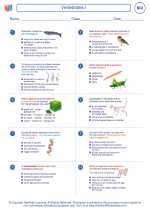
 Worksheet/Answer key
Worksheet/Answer key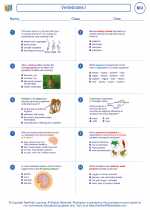
 Worksheet/Answer key
Worksheet/Answer key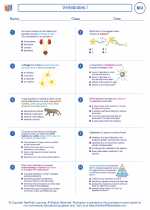
 Vocabulary/Answer key
Vocabulary/Answer key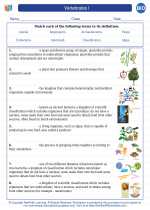
 Vocabulary/Answer key
Vocabulary/Answer key
 Vocabulary/Answer key
Vocabulary/Answer key